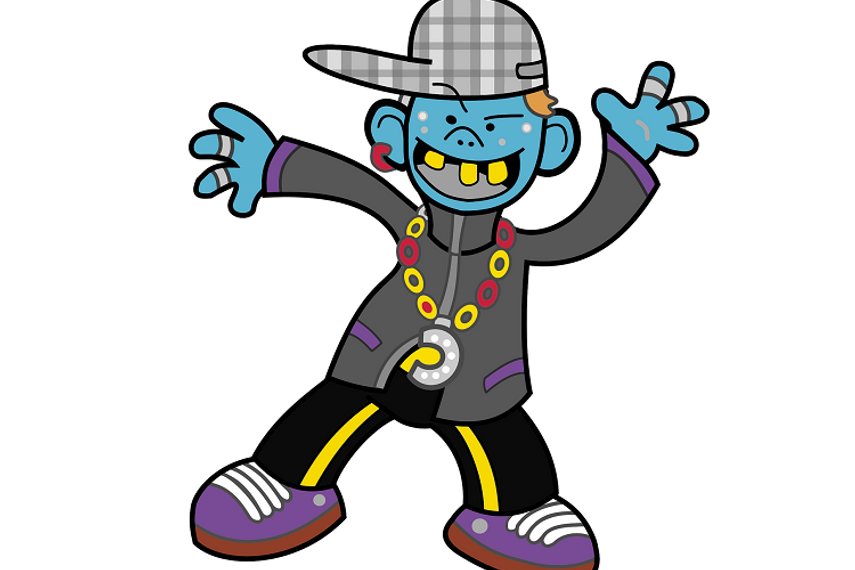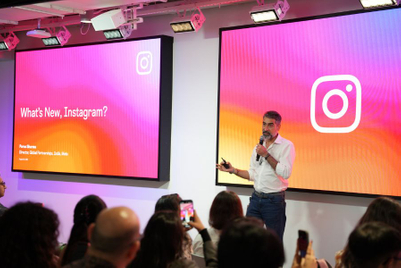
Something is rising in cyberspace – it’s big, it’s surprising and it’s ugly. That’s right – ugly. Ugly is the new pretty on the internet. Remember when great entertainment used to be about airbrushed visuals, and picture-perfect composition? Well, they have been replaced by (an ugly) wave of freehand mouse drawing, humanmade glitches, and poor grammar and spelling. Likethissentencerightnow. Conventional wisdom has long told us storytelling is all about the craft; we are learning now that overproduced content leads audiences to disconnect. And while traditional media embraces the mainstream and shuns the marginal, the internet is quick to pounce on the amateur, the surprising, and the marginalised.
Take for instance the new Universal Studios intro - a little kid screaming the famous tune with all his might. You can call it funny, you can call it relatable, you can call it raw. I suggest ‘ugly’. The grotesquely successful piece has been watched over a million times. And you could argue, that this is no surprise. Many would say ads have increasingly become overthought, overproduced and overlooked. Realms of pretty brand guidelines fuse communication into tombs of predictability, camouflaged with blandness. On the other hand, ugly tests well. Everyone notices stories bold enough to stand out.
Five years ago, the Instagram influencer with her near-perfect features would have been the closest thing to authentic a marketer could dream of. Today, a growing trend of teenagers work hard on their Instagram pics – to make themselves look worse. With ‘Instagram Vs. Reality’ posts raging through the platform last year, influencers posting ‘empties’ – shots of empty bottles from actual products used, it’s obvious that craft for the sake of craft is no longer relevant. The cry for less-polished, more raw and authentic content by audiences cannot possibly be answered by rigid art direction, ‘aspirational’ stories that make others feel bad about themselves, or simply put, ads that look like ads. And this is brilliant.
While high production values are frightening away today’s ad-phobic audiences, at the same time more and more audiences are attracted to the once-shunned cheap, fast and ‘low quality’ production values. Influencers talking about flaws and burnout are followed, while bluffs are inconsistencies are relentlessly called out. All this means marketers, agencies and audiences can finally get what they all want most! Clients don’t need big productions for big results. Agencies don’t need big budgets for bold ideas. And audiences don’t need to skip another content piece that looks too pretty to be real.
(The author is director, Isobar, Sri Lanka)



.jpg&h=268&w=401&q=100&v=20250320&c=1)

.jpg&h=268&w=401&q=100&v=20250320&c=1)




